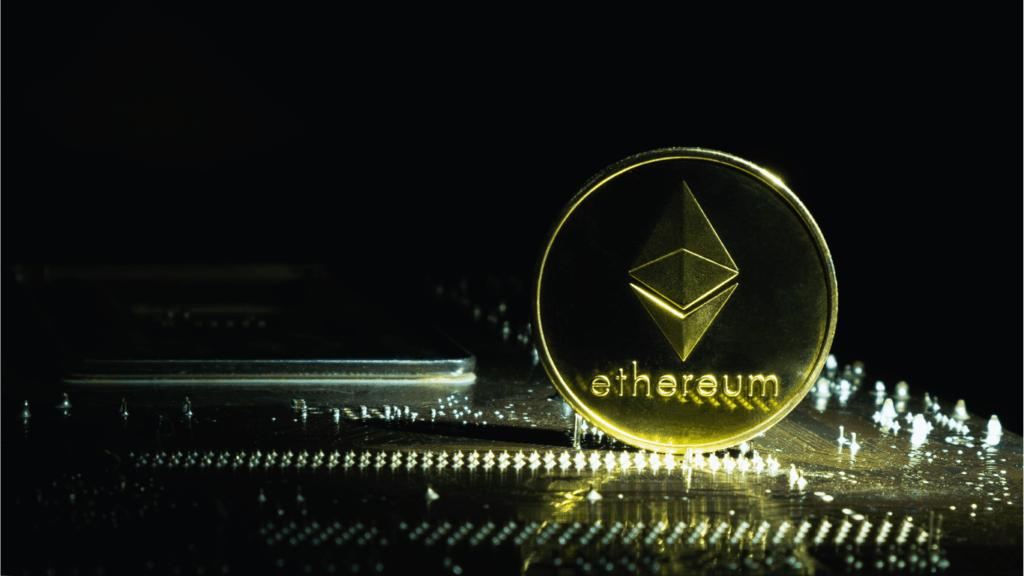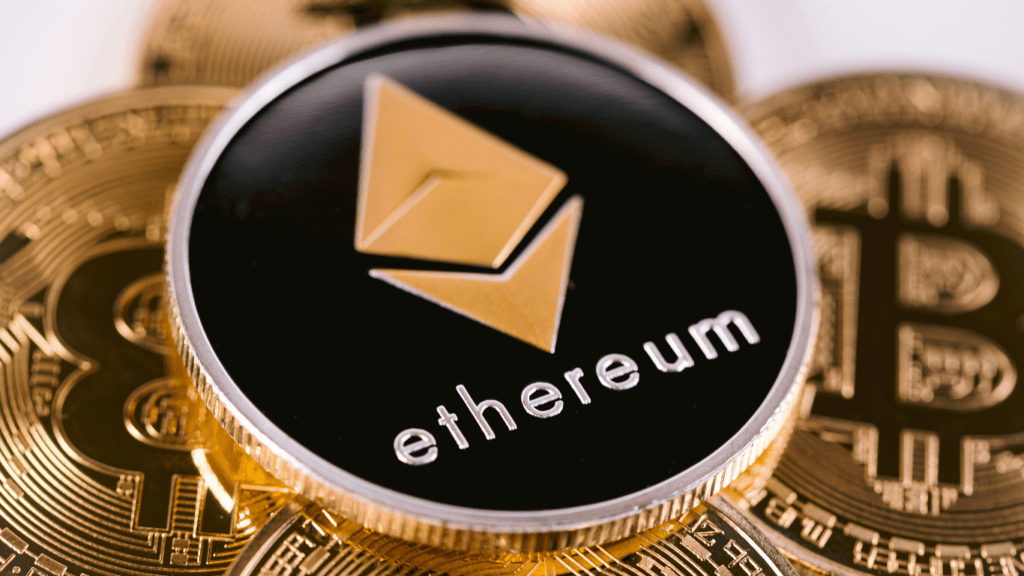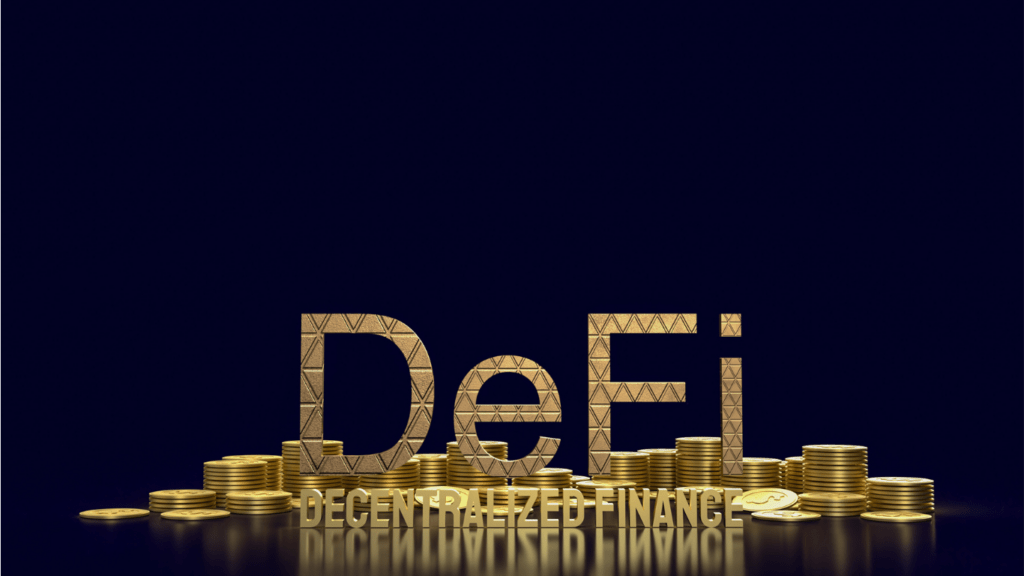Ethereum’s evolution never ceases to amaze me. As the backbone of decentralized finance and countless blockchain innovations, it’s constantly pushing boundaries to improve scalability, security, and sustainability. This year, Ethereum’s roadmap is packed with pivotal upgrades that could redefine how we interact with blockchain technology.
Understanding Ethereum’s Roadmap
Ethereum’s roadmap serves as a strategic blueprint outlining its progression toward becoming a more efficient and scalable blockchain network. Each upgrade is carefully designed to address specific limitations that have emerged as Ethereum’s adoption has grown.
The roadmap includes multiple phases, such as:
- Beacon Chain
- Merge
- Surge
- Verge
- Purge
- Splurge
These upgrades collectively aim to improve scalability through rollups, enhance security by transitioning to proof-of-stake, and promote sustainability by reducing computational energy demands.
I find the Merge, completed in 2022, pivotal as it replaced the energy-intensive proof-of-work mechanism with proof-of-stake. Following this, upcoming upgrades like the Surge focus on enabling sharding, which will divide the blockchain into smaller, manageable segments to handle more transactions efficiently. The Verge prioritizes data compression and Verkle trees for quicker validation.
Each stage in Ethereum’s roadmap connects to its broader vision of creating a decentralized global platform capable of supporting billions of users. The iterative approach ensures improvements align with the community’s needs while maintaining the network’s core principles of decentralization.
Ethereum’s Major Upgrades This Year

This year, Ethereum progresses with critical upgrades aimed at enhancing performance, scalability, and network efficiency. These updates streamline processes to address limitations and prepare the ecosystem for broader adoption.
Shanghai Upgrade
The Shanghai Upgrade, implemented in April 2023, enabled staking withdrawals on the Ethereum network for the first time. Validators can now unlock their staked ETH, increasing liquidity and fostering greater participation in Ethereum’s proof-of-stake system. Alongside withdrawals, several smaller EIPs (Ethereum Improvement Proposals) upgraded gas cost efficiency and execution functionality.
Cancun-Deneb Upgrade
The Cancun-Deneb (Dencun) upgrade focuses on improving data accessibility and block storage efficiency. One of its core features, EIP-4844 or Proto-Danksharding, introduces blob-carrying transactions, significantly reducing layer-2 data costs. These optimizations enhance Ethereum’s ability to handle higher transaction volumes by lowering costs for rollups, supporting scalability for decentralized applications.
Danksharding and Scalability Improvements
Danksharding, a key component of Ethereum’s roadmap, aims to revolutionize data handling through shard-based architecture. By applying a single proposer model and simplifying the inclusion of shard data, Ethereum boosts bandwidth while reducing computational load on the network. These advancements further improve transaction throughput, enabling Ethereum to support billions of users and reducing congestion during peak periods.
The Impact of These Upgrades
Ethereum’s upgrades this year aim to resolve persistent challenges while reinforcing its role as a leading blockchain network. Their combined effects advance scalability, affordability, and ecosystem development.
Enhancing Network Efficiency
- Network efficiency increases as upgrades like Shanghai and Cancun-Deneb optimize Ethereum’s operations.
- The Shanghai Upgrade, enabling staked ETH withdrawals, improves validator participation and decentralization, fostering a more robust proof-of-stake system.
- Cancun-Deneb integrates EIP-4844 to enhance block storage and data handling, minimizing layer-2 data bottlenecks and supporting higher transaction throughput.
Reducing Transaction Costs
Transaction costs decrease with features like Danksharding, introduced to alleviate congestion and lower fees. Shard-based architecture increases bandwidth and reduces computational demands, enabling more transactions per second. This upgrade supports widespread layer-2 adoption, reducing expenses for decentralized applications (dApps) and users during peak usage.
Strengthening Ethereum’s Ecosystem
The ecosystem strengthens as developers, users, and businesses benefit from improved performance and accessibility. Liquidity from staked ETH withdrawals attracts more participants, bolstering market dynamics. Lower fees and faster processing enhance dApp scalability, encouraging innovation across DeFi, NFTs, and other sectors. These advancements align with Ethereum’s vision of supporting billions of users globally.
Challenges and Risks Ahead
Ethereum’s ambitious roadmap comes with significant challenges that could impact its progression. Addressing these obstacles is critical to maintaining the network’s growth and reliability.
Potential Delays
Upgrades on Ethereum often face delays due to their complexity and the rigorous testing required. Developers must thoroughly test proposals like EIP-4844 and Danksharding to minimize risks, which can extend timelines. Coordination among decentralized teams also introduces logistical hurdles, particularly when aligning community consensus for proposed changes. Any setback in delivering upgrades like Cancun-Deneb could slow improvements in scalability and efficiency, affecting user adoption and network competitiveness.
Security Concerns
Ethereum upgrades introduce new code changes that expand the attack surface, increasing security risks. Transitioning core components, such as implementing Danksharding, demands robust safeguards to protect against vulnerabilities. While the shift to proof-of-stake reduced energy consumption, it also centralized some validator operations, making the network a potential target for attacks on larger staking entities. Ensuring robust security audits and fostering collaborative efforts within the community are essential to protecting the network’s resilience against potential threats.


 Blockchain Tech Contributor
Blockchain Tech Contributor

